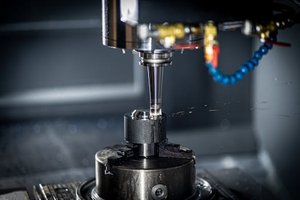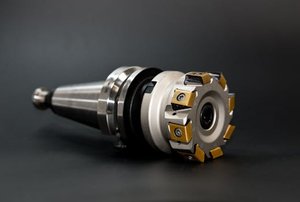The Hidden Challenge: Why “Cheap” CNC Machining in China Can Cost You More
Many buyers assume China’s CNC machining services are a one-size-fits-all solution for low-cost production. But the reality is far more nuanced. In my work with aerospace, automotive, and medical device clients, I’ve seen projects derailed by:
– Unanticipated rework costs (up to 30% of project budgets due to tolerance mismatches).
– Lead time blowouts (delays of 4+ weeks from miscommunication or tooling errors).
– Supplier capability gaps (e.g., a “ISO 9001-certified” shop struggling with ITAR compliance).
Key Insight: The lowest quote often ignores critical variables like material traceability, post-processing needs, or DFM (Design for Manufacturability) feedback.
Expert Strategies for Success: How to Vet and Work with Chinese CNC Suppliers
1. Supplier Selection: Beyond Alibaba Listings
I categorize Chinese CNC shops into three tiers:
| Tier | Focus | Best For | Risk Factors |
|---|---|---|---|
| Tier 1 | High-precision, aerospace/medical | Prototypes, tight-tolerance parts | Higher cost (15–25% premium) |
| Tier 2 | Mid-volume production | Automotive, consumer electronics | QC inconsistencies |
| Tier 3 | High-volume, low-cost | Non-critical components | Material fraud risk |
Case Study: A client opted for a Tier 3 supplier to save $5k on 10,000 aluminum housings—only to discover 12% of parts failed hardness testing due to substandard alloy. The total recovery cost? $22k.
2. The DFM Handshake: Aligning Expectations Early
Chinese shops often default to “yes culture,” agreeing to unrealistic specs. Here’s my proven approach:
1. Provide a “Red-Yellow-Green” tolerance map: Highlight critical vs. non-critical dimensions.
2. Request a written DFM report before PO issuance (e.g., suggested draft angles, tooling constraints).
3. Insist on pre-production samples—even for “simple” parts.
Pro Tip: Use WeChat for real-time communication; email alone delays responses by 48+ hours.


Cutting-Edge Trends: How China’s CNC Landscape Is Evolving
⚙️ Automation and Smart Factories
Leading Shenzhen-based shops now integrate:
– AI-driven QC (e.g., vision systems catching ±0.01mm deviations).
– IoT-enabled machine monitoring (reducing downtime by 18%, per 2023 industry data).
💡 Localized Supply Chains
Post-COVID, savvy buyers dual-source:
– Coastal hubs (Guangdong, Jiangsu): For high-tech, export-focused production.
– Inland provinces (Sichuan, Hunan): For cost-sensitive projects (labor costs 20% lower).
Actionable Takeaways
🔍 Audit suppliers in person or via third-party inspectors—40% of “CNC specialists” lack key equipment like CMMs.
⚙️ Negotiate lead times in phases (e.g., “5 days for sampling + 15 days for full batch”).
💡 Always include a penalty clause for late deliveries (3–5% of order value per week).
Final Thought: China’s CNC machining ecosystem offers unparalleled scalability, but success hinges on treating suppliers as partners—not commodities. By applying these frameworks, you’ll turn cost advantages into competitive edges.
Have a CNC project in China? Share your challenges in the comments—I’ll respond with tailored advice.
